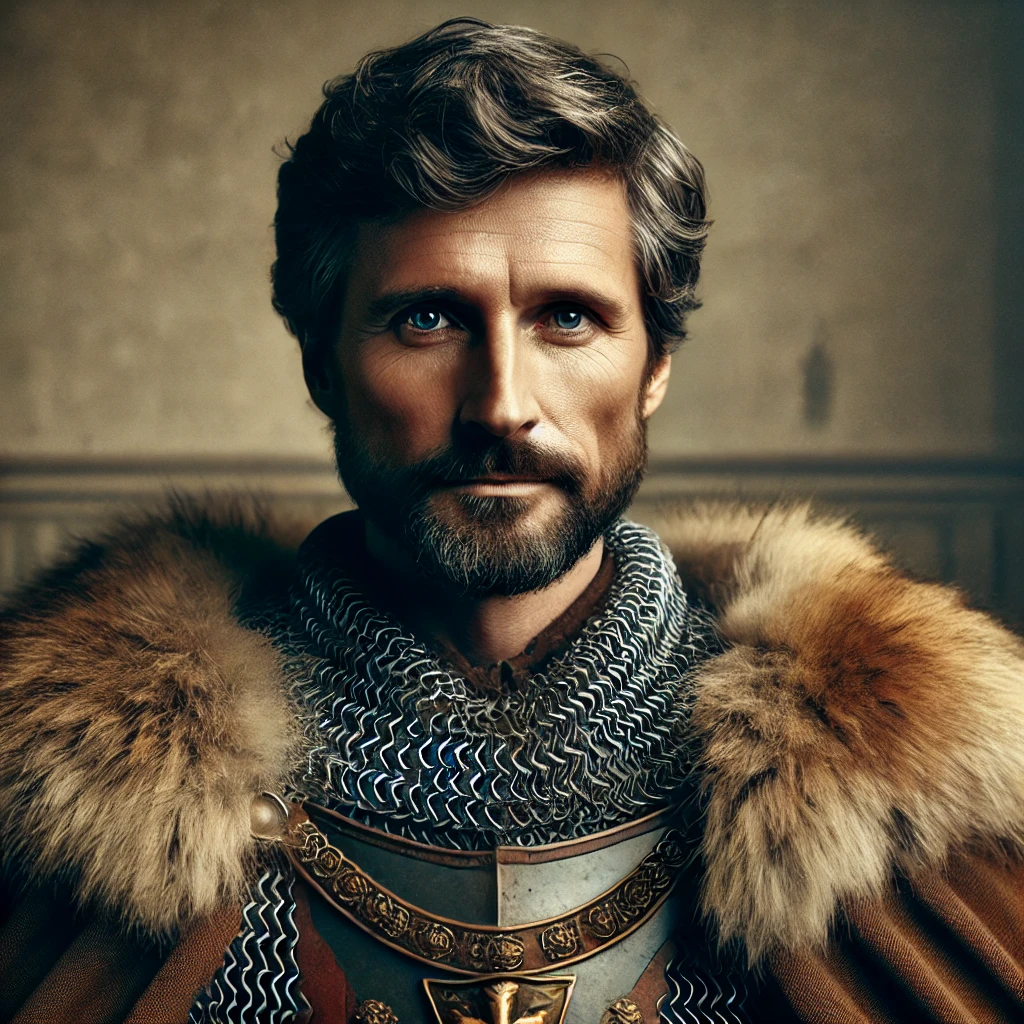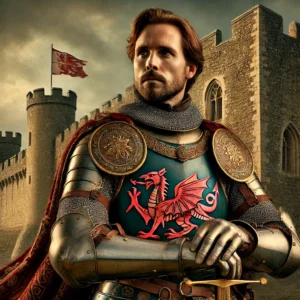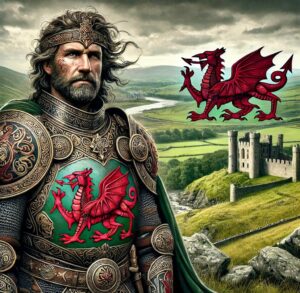A Name Marked by Power and Treachery
Few names in medieval Welsh history inspire as much fear and controversy as William de Braose. A Norman lord with vast lands across England and Wales. He is remembered not only for his ruthless ambition but also for his infamous act of betrayal at Abergavenny Castle. His legacy is one of power, cunning, and bloodshed, a reputation that has lingered for centuries.
In my recent blog about Abergavenny Castle (read it here). I explored the site of one of his most shocking acts—the Christmas Day Massacre of 1175. Now, let’s take a closer look at the man behind the legend.
A Norman Lord in a Divided Wales
William de Braose was a member of the powerful de Braose family. A Norman dynasty that controlled vast territories in the Welsh Marches—the contested borderlands between England and Wales. He was a fierce supporter of King Henry II. Serving as both a warrior and a political strategist in expanding Norman influence over the rebellious Welsh princes.
Despite his wealth and status, William was known for his brutal and cunning nature. Making both allies and enemies in equal measure.
The Christmas Day Massacre at Abergavenny
William de Braose’s most infamous act took place in 1175, when he invited the Welsh noblemen of Abergavenny to a Christmas feast at the castle. Under the guise of peace, they accepted his hospitality. However, once inside, William ordered his men to slaughter his guests, eliminating his rivals in a single stroke. Many believe that this massacre cursed Abergavenny Castle, leading to the ghostly sightings and paranormal legends that persist to this day.
A Downfall as Brutal as His Rise
Despite his power, William de Braose’s fortunes took a dramatic turn under King John. Once a trusted ally of the crown, he fell from favor, accused of treason and financial mismanagement. In 1208, he was forced to flee, and his family suffered a horrific fate—his wife and eldest son were captured and starved to death in Windsor Castle, an act of royal vengeance that became infamous in its own right.
William himself died in exile in 1211, his once-mighty name now synonymous with betrayal and downfall.
A Lasting Legacy of Fear
William de Braose’s actions shaped the course of Welsh history, leaving behind a legacy of fear, bloodshed, and cautionary tales. Even today, his name is spoken with a sense of unease, and his role in the Christmas Day Massacre remains one of the darkest chapters in the history of Abergavenny Castle.
Where to Next?
The story of William de Braose is one of power gained and power lost, but he was not the only Norman lord to leave a lasting impact on Wales. In my next historical feature, I’ll be exploring the life of Humphrey de Bohun, a nobleman who played a key role in medieval conflicts and Welsh resistance.
Read his incredible story here and continue this journey through Welsh history!
Call to Action
Love learning about Welsh history and the powerful figures who shaped it? Share this blog on social media and join the conversation!
Want to explore more about Wales’ most fascinating historical figures and castles? **Visit my website: **brianwelsh500.com for more blogs, photos, and insights!




